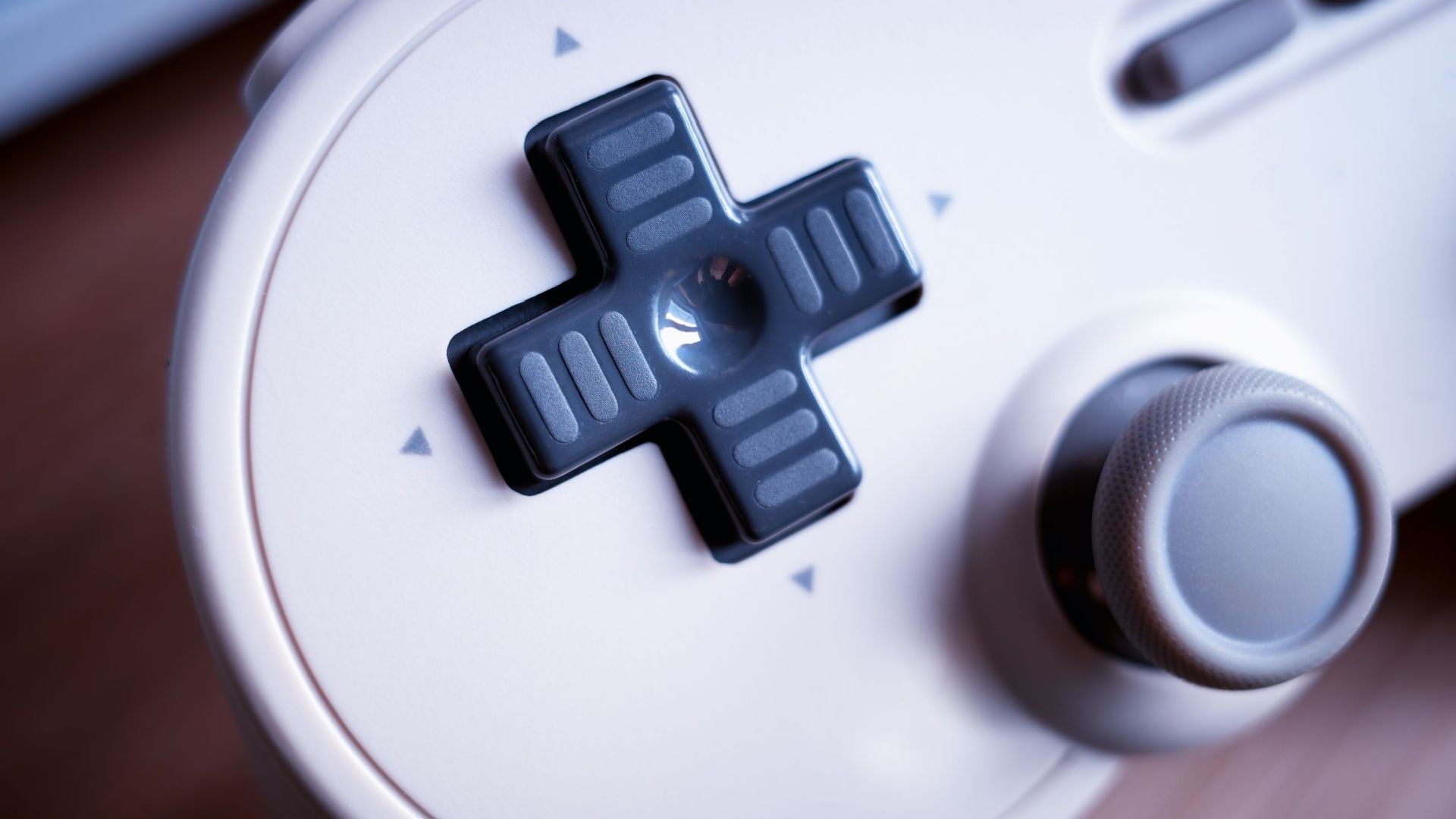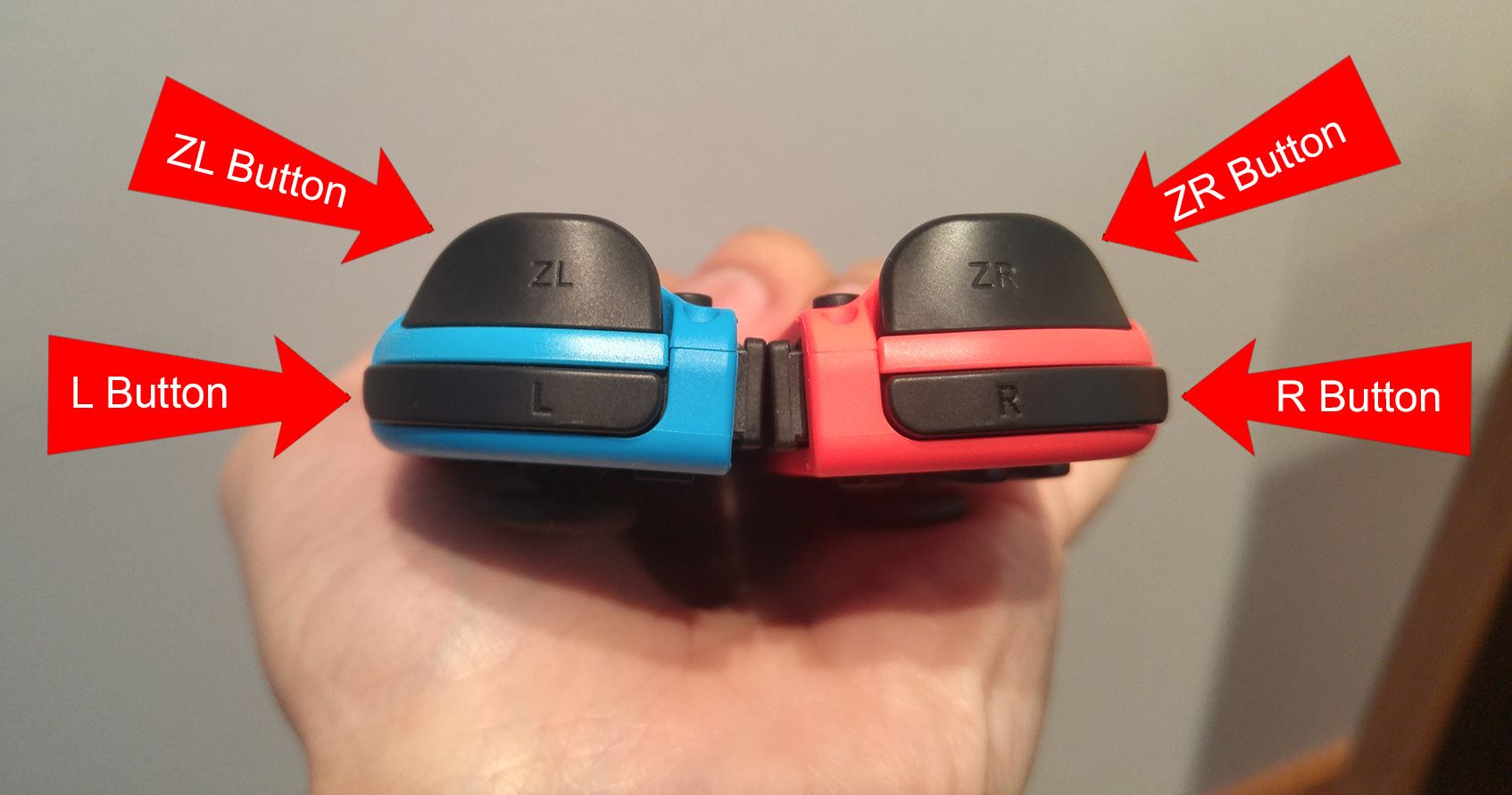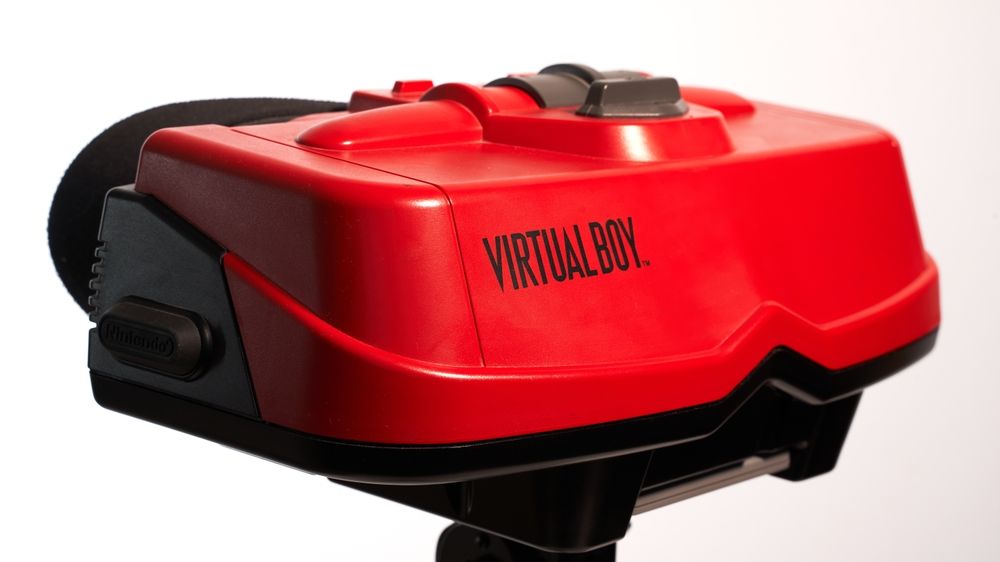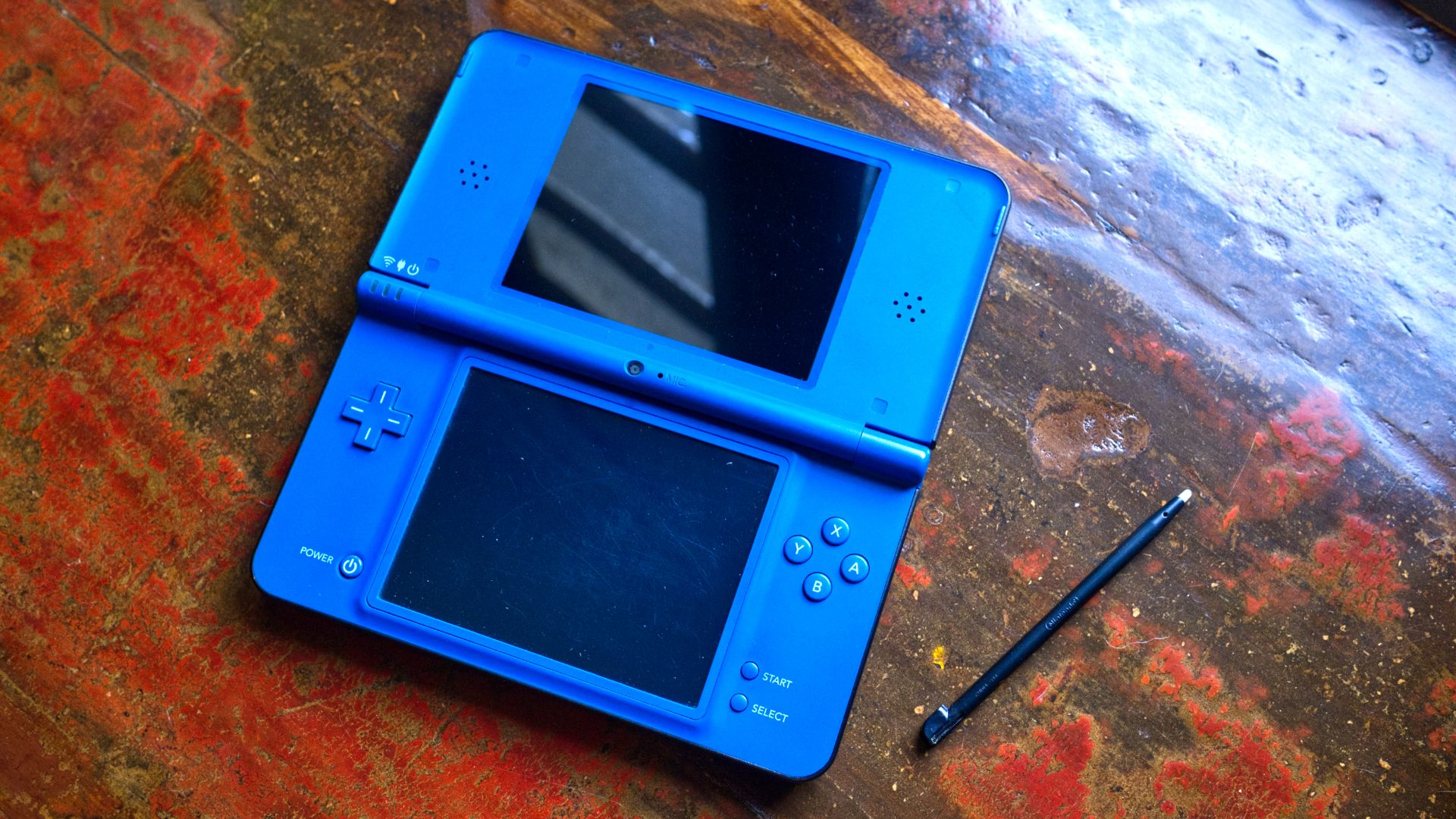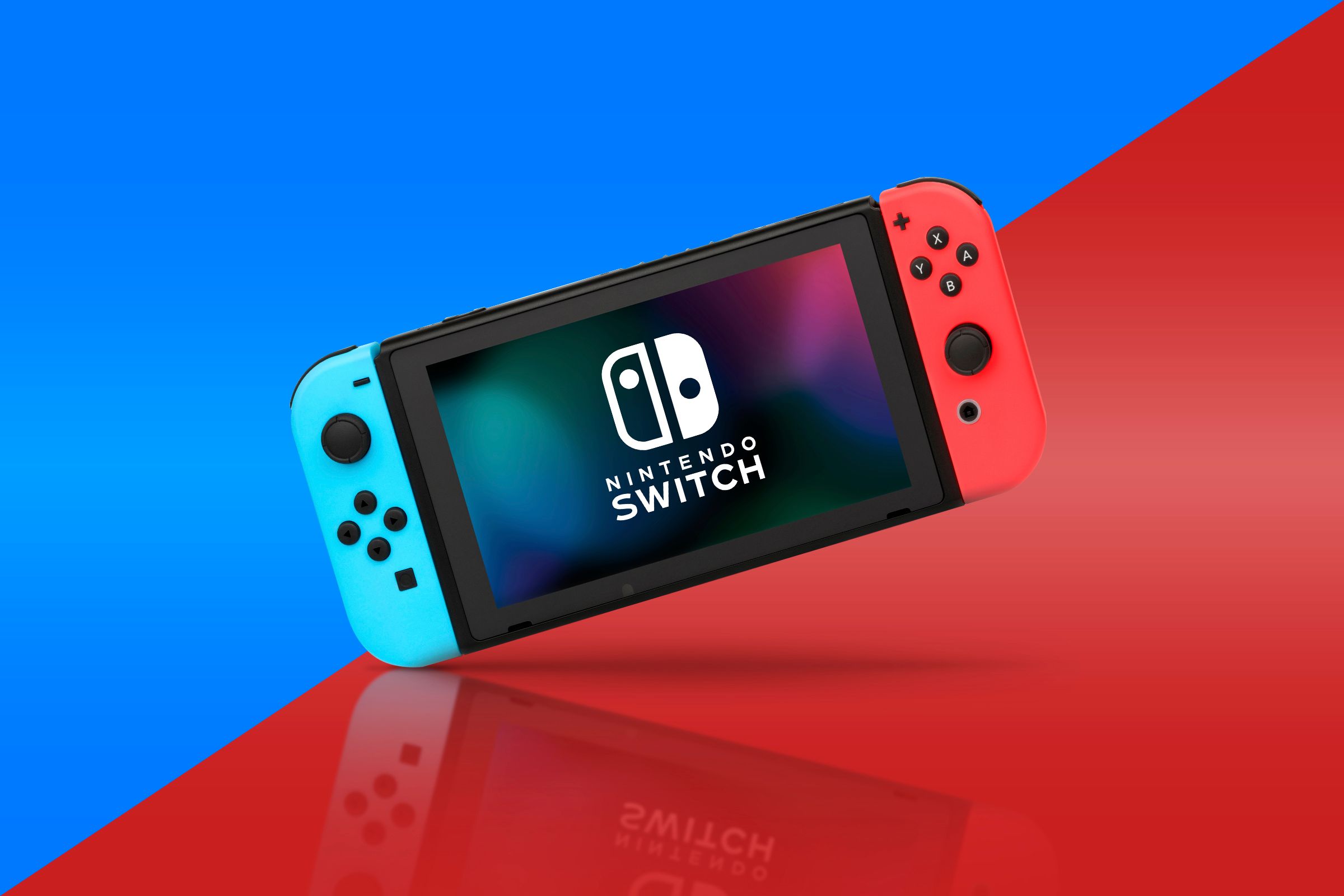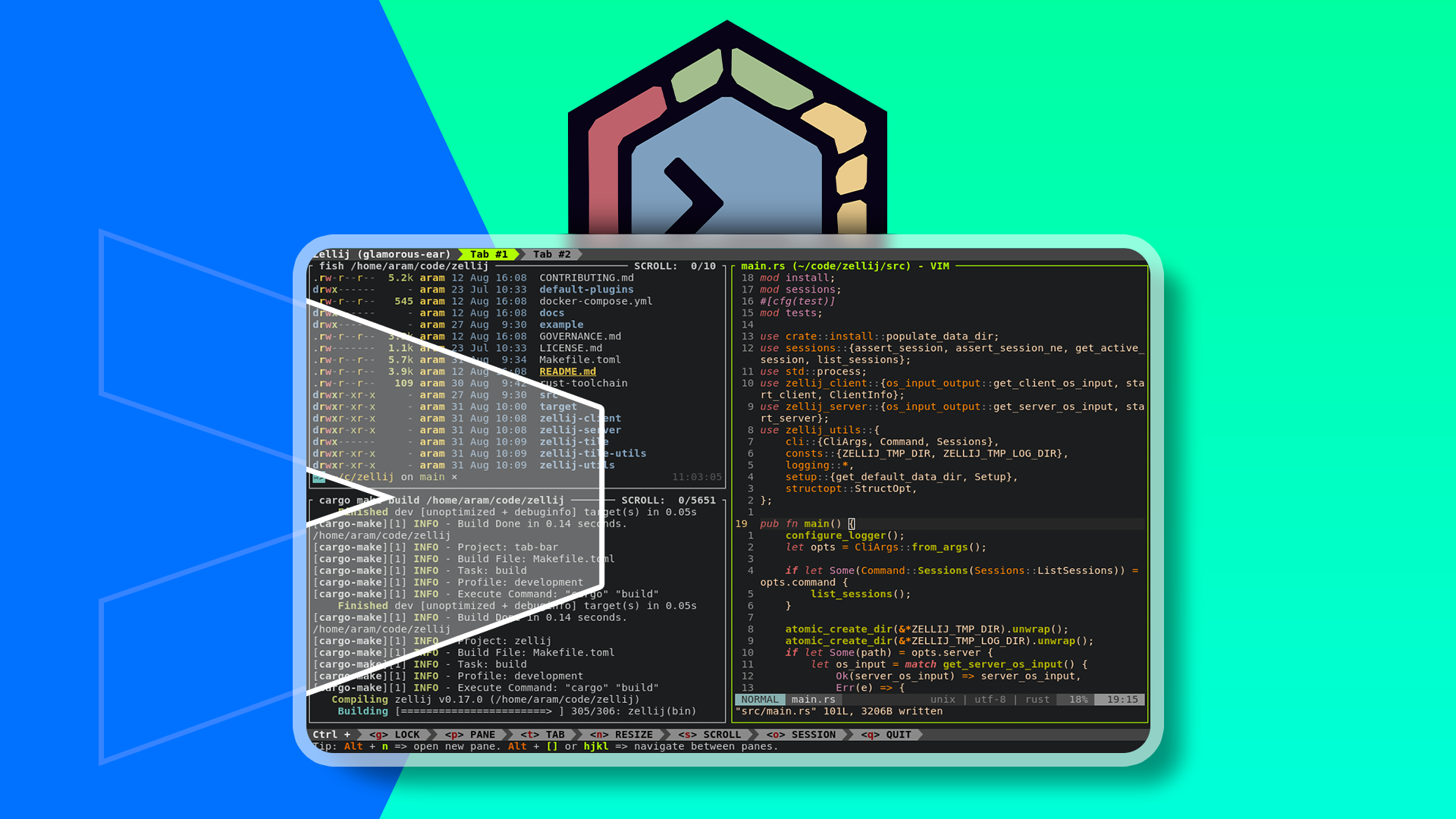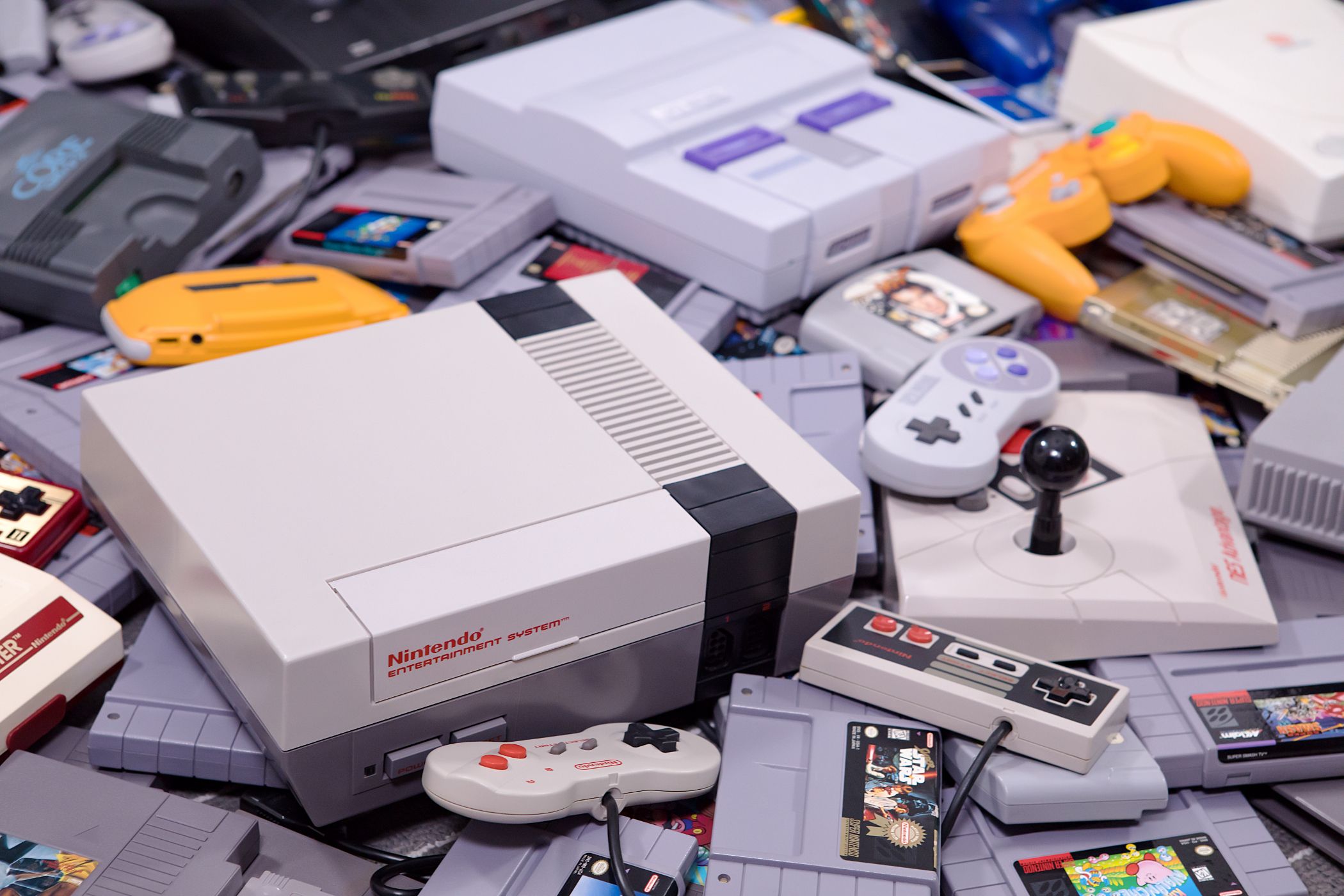
Quick Links
-
Controllers With Shoulder Buttons
-
A Personal Virtual Reality
Nintendo may not always put out the most powerful hardware or bleeding-edge games, but when it comes to innovation, the Japanese company has walked the line from bizarre diversions to revolutionary advances. The following experiments have taken the company from the dawn of gaming in the 1980s to the current day.
1
Clamshell Portables
Nintendo’s first-ever hardware (apart from the Japan-only Color TV-Game) was a series of small LCD gadgets called Game & Watch. Inspired by commuters playing games on their calculators, the company saw an opportunity to bring a similar experience to a wider audience.
At a cost of about $30, you could get games like Ball—a juggling simulator—or even rudimentary ports of arcade games like Donkey Kong. For the game itself, that may sound expensive, but bear in mind you were getting physical hardware, even if it was limited to a single game. Also, this was your only real gaming option: take it or leave it.
Later Game & Watch iterations included a lid. This clamshell design was a great way of protecting the screen and buttons, so a Game & Watch was practically indestructible, even when thrown around inside a school bag. But Nintendo saw the opportunity to add a second screen inside that lid and doubled the scope of its games accordingly.
Twenty years later, Nintendo revisited this idea with the DS (Dual Screen) which became the best-selling handheld of all time, and the second-best-selling console overall. Arguably, the clamshell, dual-screen form factor has proven to be the most successful for handheld consoles.
2
The Iconic D-Pad
In truth, the first ever thing that we can call a D-pad appeared on Tiger Electronics’ Deluxe Football with Instant Replay. But the version we recognize today—mimicked by Xbox and Sony, but not too closely—was introduced by Nintendo on those early Game & Watch devices, and it hasn’t changed all that much since. If it ain’t broke…
Before the D-pad, controllers offered movement via four individual buttons—ironically similar to a Nintendo Switch in handheld mode. The only other alternative was a full joystick, something which provided excellent control, but was generally too bulky for sleek portable devices like the Game & Watch series.
The D-pad enabled tighter controls that, most importantly, could be almost flat, making the clamshell design much more practical. Once it had proved a success, the D-pad was a natural fit for Nintendo’s home console hit, the Famicom / NES.
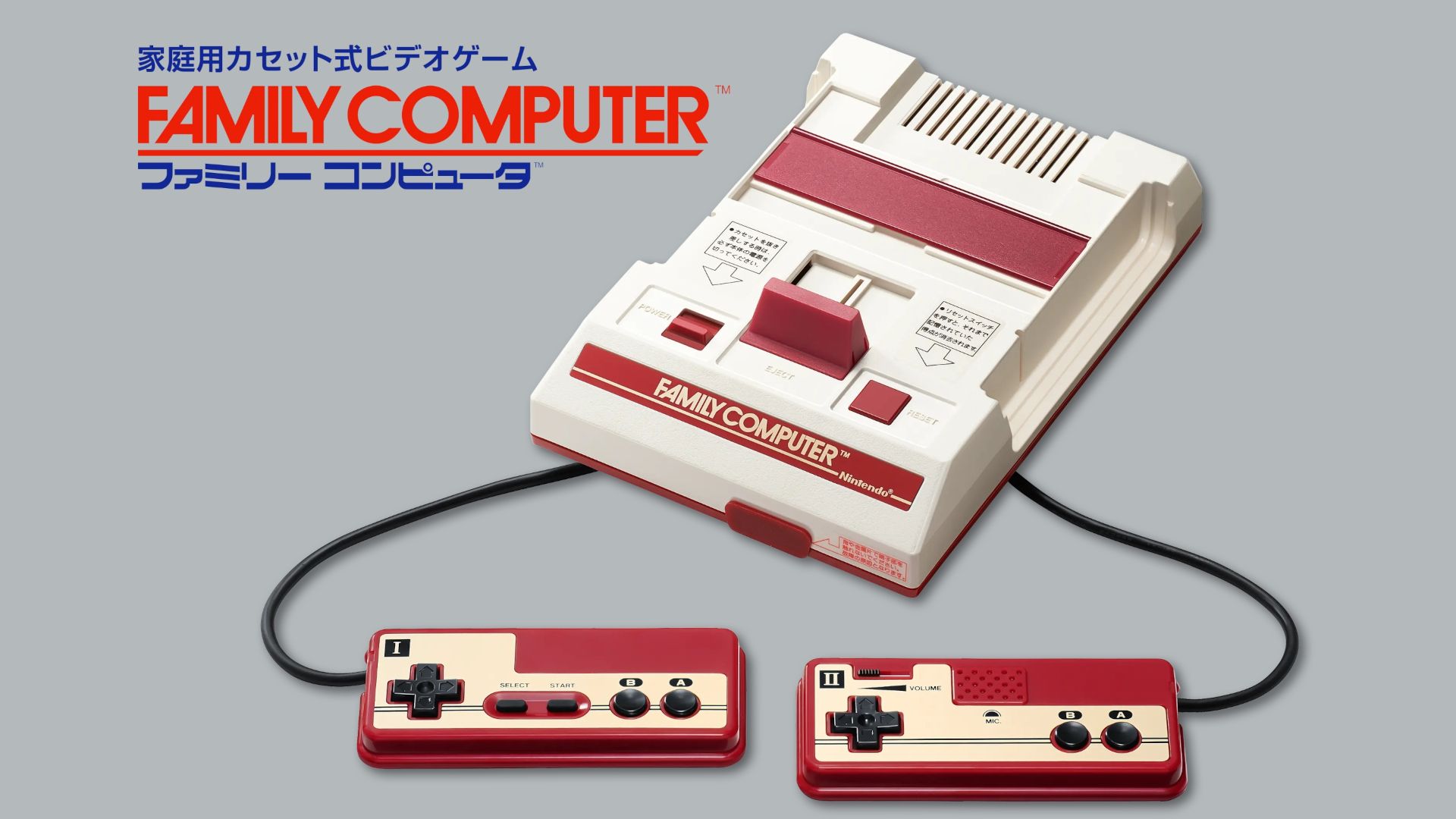
Related
The Original NES Was a Very Different Console Than What We Got
The NES wasn’t Nintendo’s first revolutionary console.
Nowadays, D-pads are typically accompanied by a thumbstick for full analog movement. A must for 3D games, these joysticks can still feel awkward when playing classic 2D platformers, so the D-pad is undoubtedly here to stay.
3
Controllers With Shoulder Buttons
Another controller innovation from the earlier days of gaming, this one took a little longer to arrive. When the SNES controller landed back in 1990, the four face buttons caught gamers’ eyes, replacing the two buttons of the NES, and even one-upping the three from the recently released Sega Genesis. The Japanese and European models also added a splash of color, highlighting this array of buttons.
But, as owners got to grips with the new controllers, it was the two shoulder buttons that took them by surprise. Nintendo noticed that, while gamers held their controllers, certain fingers were going underutilized. Two index fingers gripping the top were in prime position to contribute.
Having yet another two buttons for gameplay meant a lot more options, from scrolling the screen in Super Mario World to aiming in Super Metroid. These extra controls enabled arcade conversions of more complex fighting games like the enormously popular Streetfighter II.
Yet again, this small addition was so successful that it informed every controller made since. Many consoles—including Nintendo’s own GameCube—have innovated further with analog shoulder buttons that add nuance to controls and are highly effective in racing games. And most modern controllers give us four shoulder buttons for even better handling.
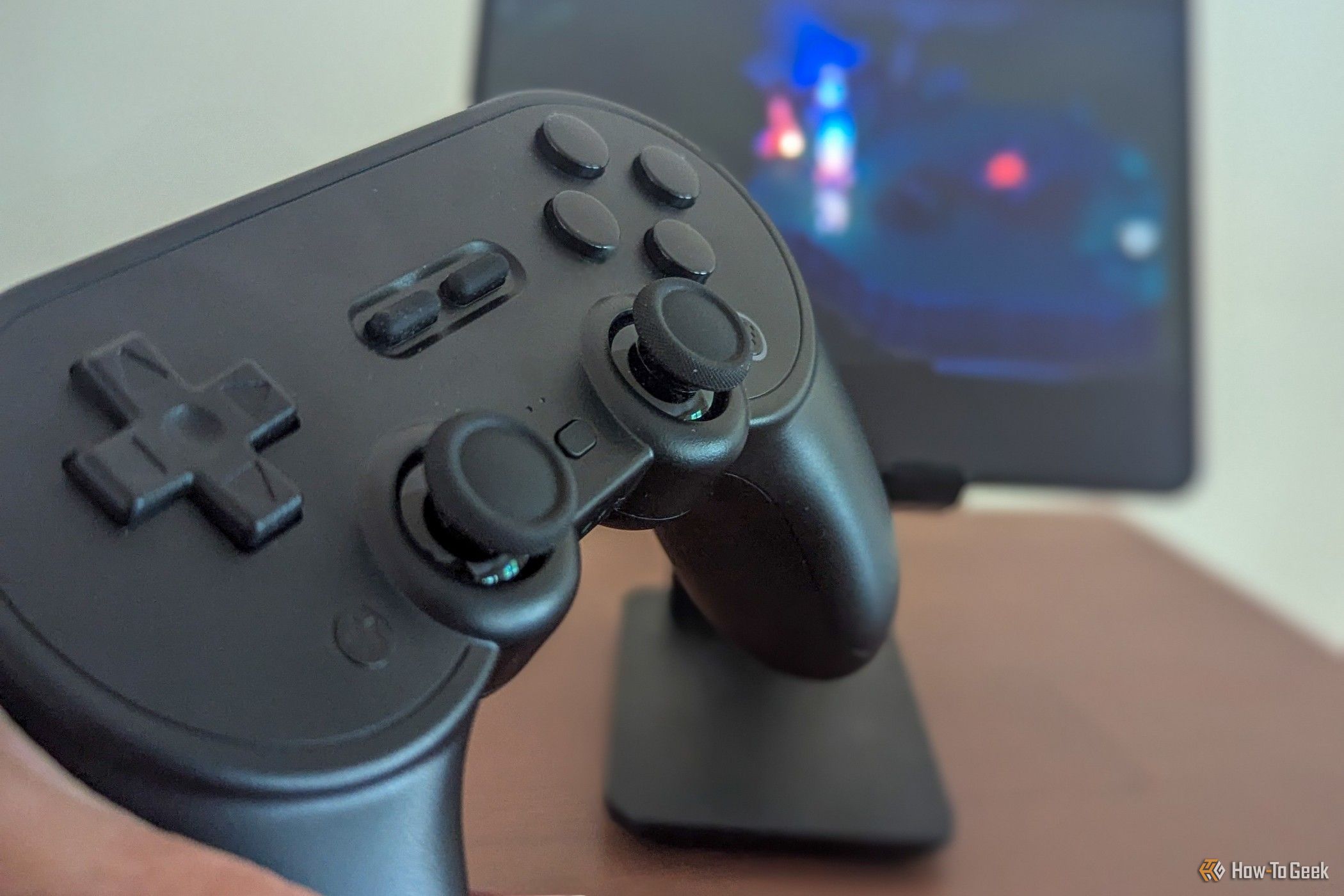
Related
The Perfect Gaming Controller Came Out in 2021, Here’s Why I Still Love It
It connects to everything and can stand the test of time.
4
A Personal Virtual Reality
The Virtual Boy was, by almost every measure, a complete and utter failure. Selling less than a million units in the year or so that it was available, this bizarre contraption looks more like something a dentist would force you to wear. Fortunately, few people ever had to find out just how ridiculous they looked using one of these.
This list, however, is not about the best or most successful hardware. The Virtual Boy makes the grade here because of innovation, and few examples prove Nintendo’s commitment to pushing the envelope better than this.
In 1995, the company was riding a wave of success, with its SNES and Game Boy consoles bringing in big sales numbers. Releases of the N64 and Game Boy Color were coming up, but still, a bizarre “third way” emerged. It wasn’t a traditional console to plug into your TV, and it certainly wasn’t the kind of thing to play on your daily commute.
If anything, the Virtual Boy may have acted as a warning for companies that were tripping over themselves to release 3D headsets. The promise of virtual reality was everywhere at the time, and it usually came in the form of clunky helmets. Nintendo tried to prove that, much like with the Game Boy, a captivating technology could compensate for underwhelming power.
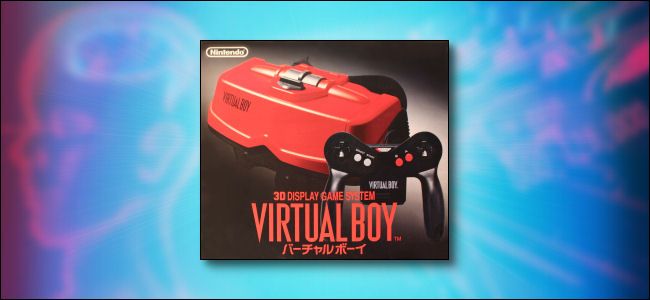
Related
Virtually Forgotten: Nintendo’s Virtual Boy, 25 Years Later
Nintendo released an odd, all-red stereoscopic console called the Virtual Boy in the ’90s. It was neither VR, nor a boy.
We now know that it couldn’t. Still, the Virtual Boy tells us more about Nintendo than about a specific piece of tech. This first, and possibly biggest, misstep was shrugged off, just in time for the N64 to demonstrate how 3D gaming didn’t actually need a 3D display. Nintendo had shown it was willing to take crazy ideas to the market, even if they didn’t pay off, and this ability to innovate would be mined time and time again in the years to come.
5
Touchscreen Gaming
Apple’s iPhone may have been the device to make touchscreen portable computing ubiquitous since 2007. But they sure rode the wave of the DS, which was released two years earlier and demonstrated just how essential the tech was. With its two-screen design, the DS made heavy reference to the past, but Nintendo looked to the future by making one of those screens touch-capable.
Once more, the company introduced a fun new technology, and then bet the house on it. Nintendo tailored its own games to demonstrate how versatile touch input could be, inspiring third parties to follow suit.
Touchscreen is now such a ubiquitous feature that it’s easy to forget the Switch even has it. Although it’s not used with quite the same enthusiasm, the technology is now a staple, enough so that Nintendo’s three most recent consoles have all featured it.
6
Motion Control
The role of gaming seems to vary in the public consciousness, often an activity for enthusiasts, considered as something of a sedentary hobby. But in 2006, a new console gripped the mood more than any had for quite some time. Suddenly, news reports were full of people playing Nintendo games, whether they were in country clubs or nursing homes. It’s fair to say that, even more so than the Game Boy, the Wii made gaming approachable.
That success was almost entirely down to the Wiimotes, those chunky remotes that brought motion control to the masses. Anyone could pick up a sleek block of plastic, wave it around, and see how their actions translated to on-screen gameplay. You didn’t need perfect reflexes or fine motor control to fling your arms around and control a tennis racket or even a lightsaber. You just needed a wrist strap to protect your fragile widescreen TV.
True to form, though, the Wiimotes were flawed. Try playing a traditional platformer by holding one horizontally, and you’d be more than disappointed. I certainly gave up on some of the greatest games of the time, simply because I didn’t buy a traditional controller. I just didn’t see the need, I was having too much fun playing Wii Sports and Beatles Rock Band—with even weirder controllers!
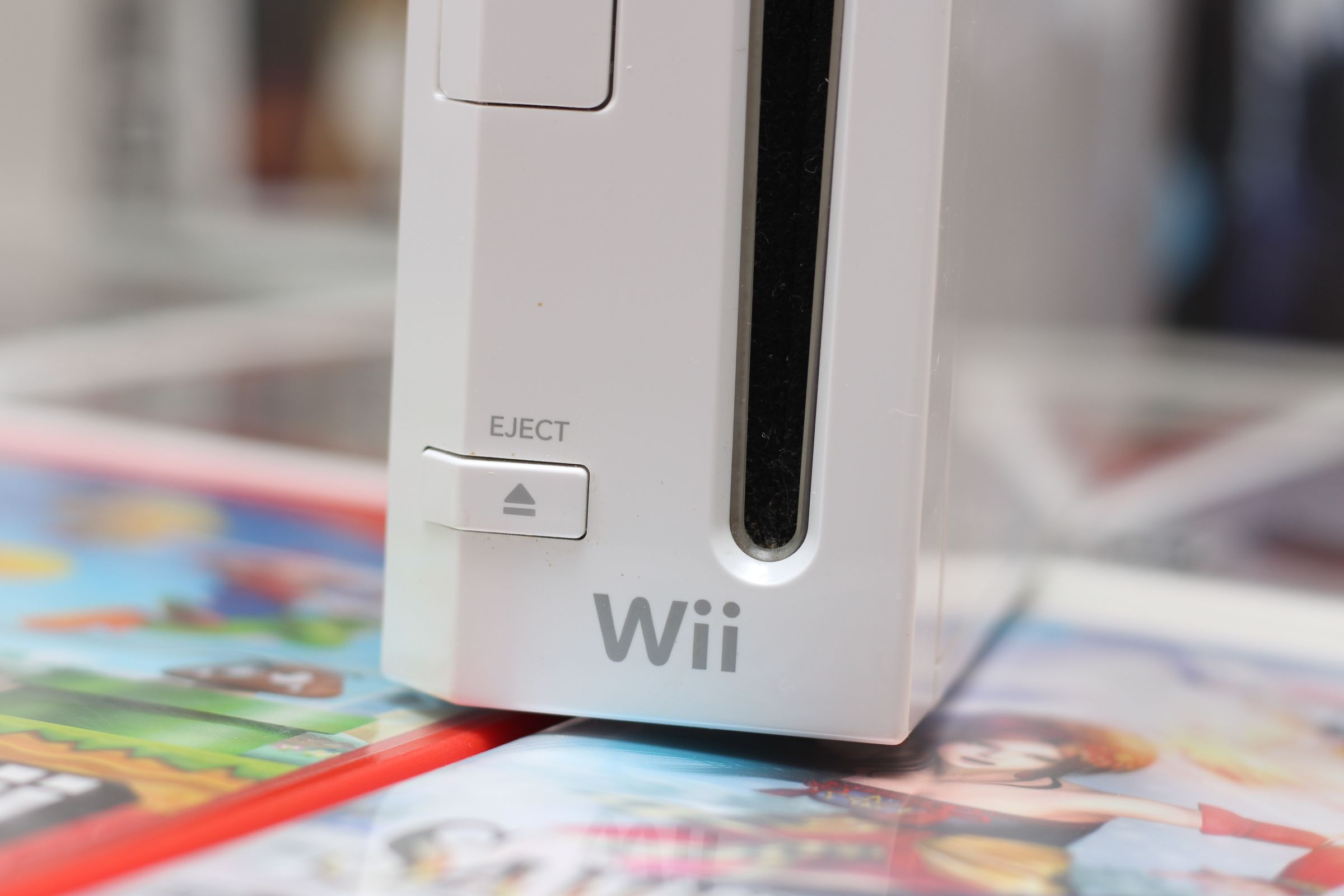
Related
Why I’m Still Looking for a Nintendo Wii This Christmas
Wii wish you a Merry Christmas.
The Wii made Nintendo synonymous with gaming again, and the publicity afforded by this new way of gaming was priceless. It became one of the best-selling consoles of all time, and showed that Nintendo had what it takes to please the masses—until they tried to follow it up, of course…
7
A Hybrid Console
After the failure of the Wii U, Nintendo went back to the drawing board. How do you pick yourself up from such a flop that rumors of your demise start to circulate? Well, Nintendo had experienced failure before, so it knew exactly what to do next: pivot.
In 2017, Nintendo had essentially conquered the handheld gaming market. The DS and 3DS had sold some 200 million units between them, and their nearest competitor—Sony’s PS Vita—failed to replicate the success of its predecessor. But Nintendo had seriously dropped the ball with the Wii U and needed to somehow consolidate its position while tackling Sony and Microsoft’s dominance in the home market. A hybrid approach was required.
Once more, Nintendo’s console captivated the zeitgeist by doing something just a little bit different. The PS 4 and Xbox One offered the promise of flexibility with cloud computing and crossplay on additional devices. Nintendo saw an opportunity and a gap in the market; what if people could play games the way they wanted to, but only had to buy a single device?
The concept of hybrid gaming was born, and Nintendo’s fortunes have been looking up ever since. Competitors are starting to get on the same page, but there’s a big gap to close. When you look back on Nintendo’s history, it’s easy to see how the Switch is the culmination of all the big hits that have come before: top-quality games, touchscreen input, detachable controllers with motion control, and a big color screen that’s interchangeable with your TV.
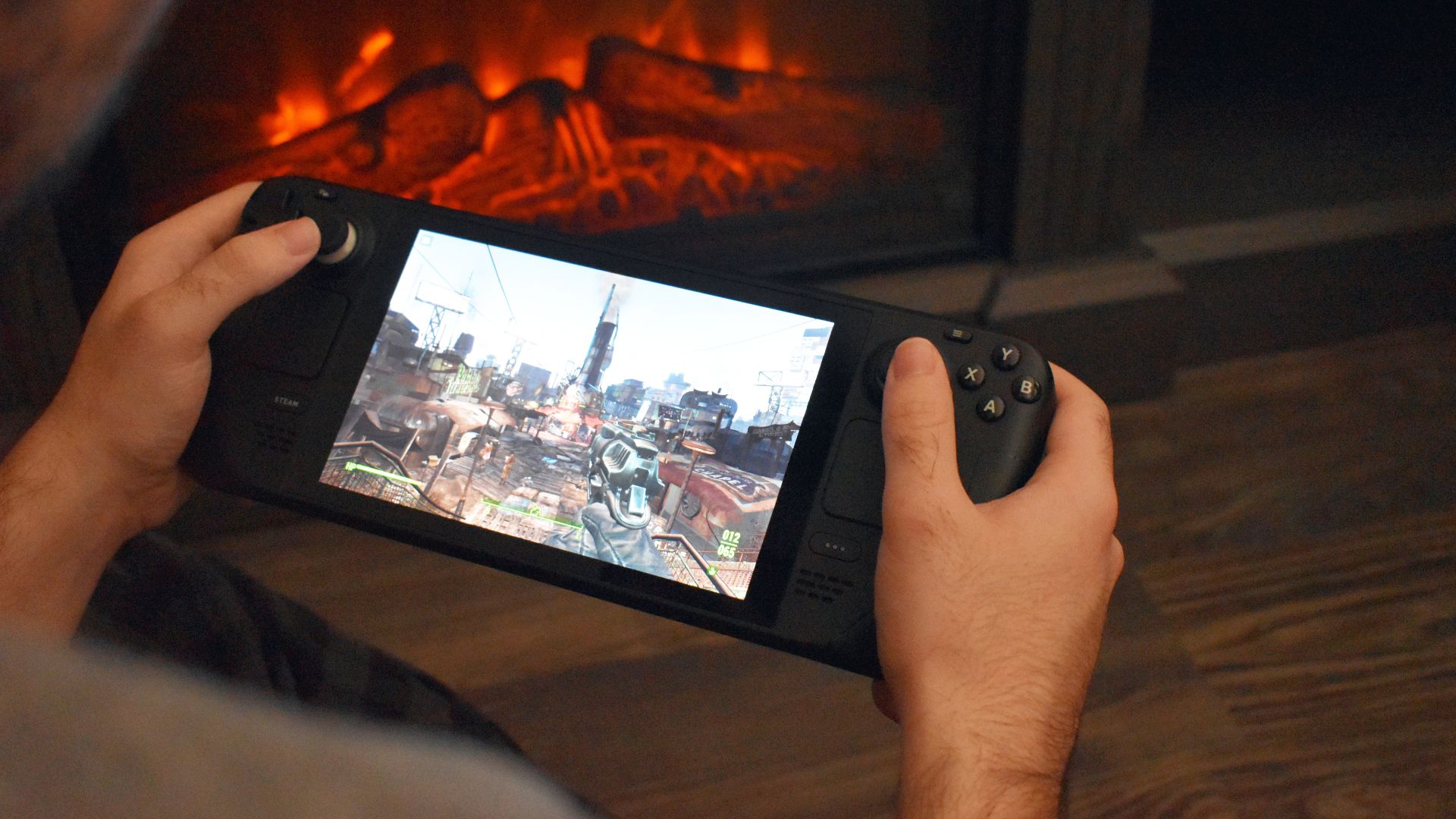
Related
7 Features I Want From the Steam Deck’s Successor
Here’s how Valve could differentiate its next handheld from the competition.
The Switch 2 is likely to introduce another twist to this tale. Burned by the experience of the Wii U, Nintendo is now flipping back to caution and iteration rather than wild revolution, as it looks to consolidate its position.
Still, even when looking to play it safe, Nintendo cannot resist adding fun tech like mouse control to its Joy-Con. Whether the Switch 2 is a flop or a success remains to be seen, but we can be sure of one thing: we probably haven’t seen the last of Nintendo’s experimental side.
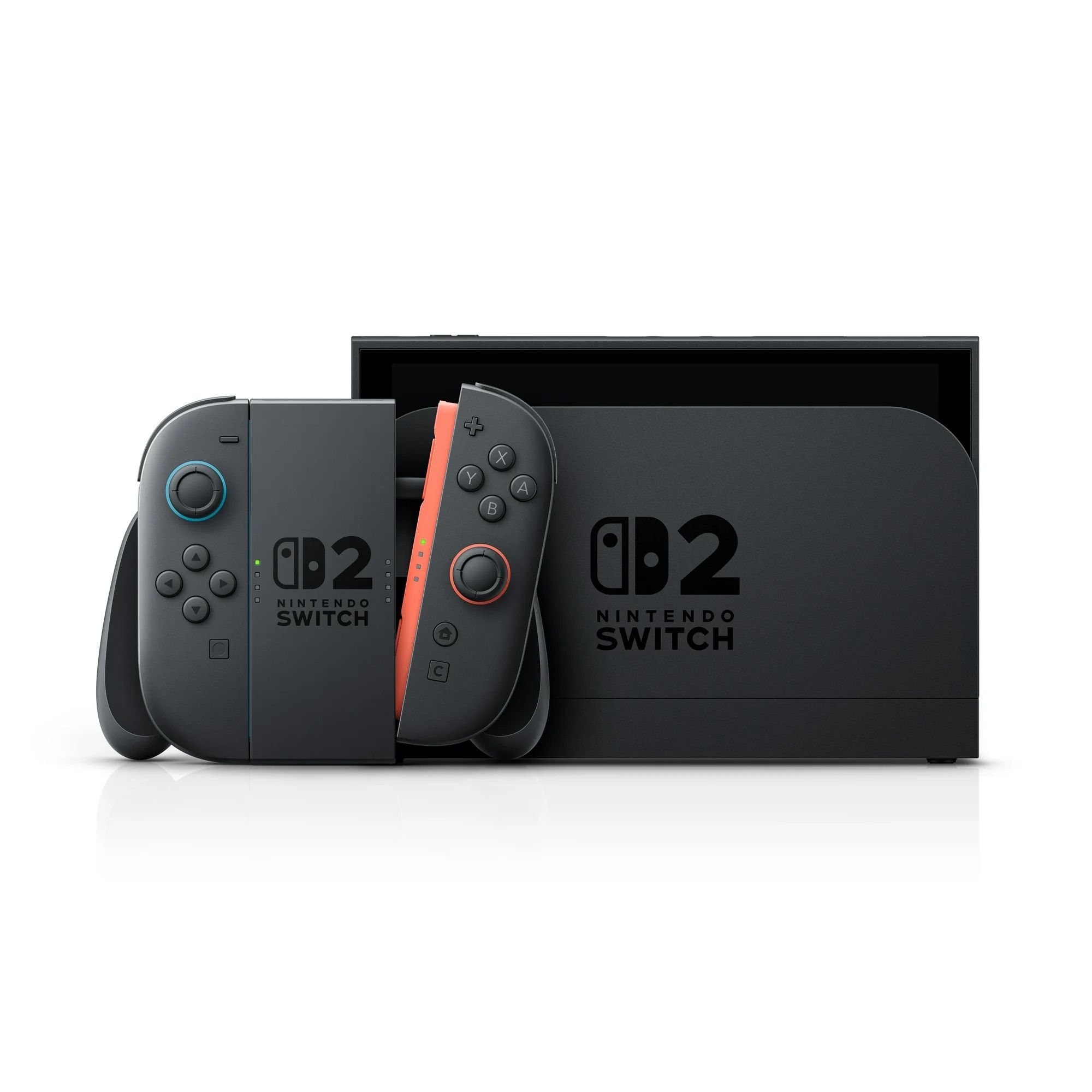
- 4K Capability
-
Yes
- Brand
-
Nintendo
The Nintendo Switch 2 is the company’s latest hybrid home console, with more powerful graphics and processing, a larger 7.9” LCD touch screen with support for HDR, and more online features.
Source link


